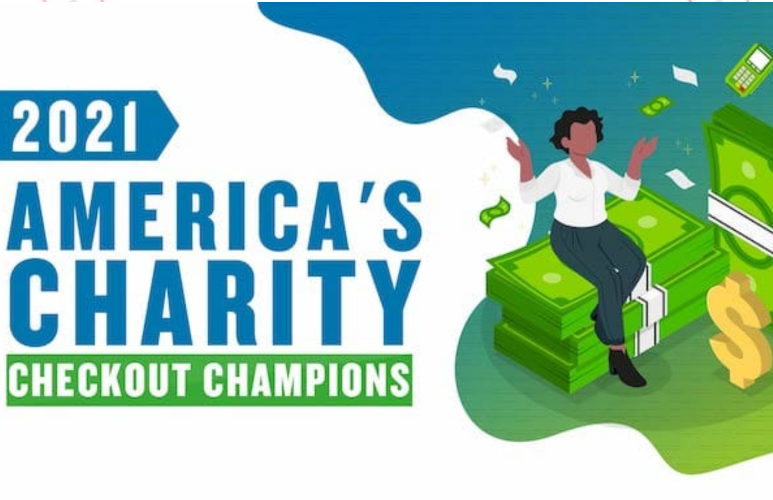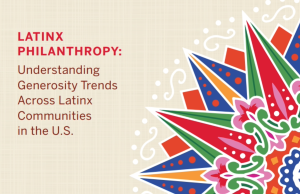More than $605 million was raised by point-of-sale (POS) fundraising campaigns in 2020, and almost $5 billion has been raised over the past 30 years, according to data in the report 2021 American’s Charity Checkout Champions by Engage For Good.
With that much money being raised at the register, it’s important to think about how nonprofits approach potential donors in their solicitation. In their paper, Checking Out Charity: A Study of Point-Of-Sale Donation Campaigns, Adrienne Sudbury and Christian Vossler present findings of an experiment with three types of solicitations. Sudbury is a professor at the College of Business and Economics at Longwood University in Farmville, Va. Vossler is an economics professor at the Haslam College of Business at the University of Tennessee in Knoxville.
Their experiment found that:
- Donation rates were lowest for the open-ended ask.
- Higher donation rates for a rounding mechanism.
- Open-ended solicitations raised more revenue per person.
- A one-sentence information statement about the charity increases donations — but only for the fixed request solicitation.
Participation rates were highest in solicitations that asked consumers to round up their donation, about twice that of the open-ended asks. “With open-ended, you definitely have much lower rates. What we theorize is there’s some sort of cognitive cost going on, where people have to decide actually how much to donate under that scenario,” Sudbury said during an interview on The NonProfit Times’ Fresh Research podcast this month.
Open-ended asks raised the most on average, about 82 cents, almost twice that of both the fixed ask and the rounding mechanism. “With the fixed request amount and giving people a binary choice, you limit the potential donation. There’s pros and cons because if you only ask someone for $1 but they were willing to donate $2, you’re missing out on some potential donation there,” Sudbury said.
High donation rates for rounding up is motivated by what the authors describe as “loose change effects” — an individual’s preference for whole numbers or avoiding loose change. “The majority of people chose to give themselves less change through their donation amount,” Sudbury said. “Some gave the same amount of change but absolutely no one gave themselves more change.”
Open-ended asks allow potential donors to give any amount. The open-ended solicitation raised more revenue per person but there was a clear tradeoff between donation rates and revenue. To dampen this tradeoff, authors suggested providing a suggested donation amount or amounts along with the open-ended ask. A suggested donation could decrease “cognitive burden,” a person’s need to determine whether to give, and then how much to give.
Providing a one-sentence information statement about the charity can increase donations but only for fixed requests. “This provides qualified support for what is a relatively easy tool to implement in most settings,” the authors noted.










